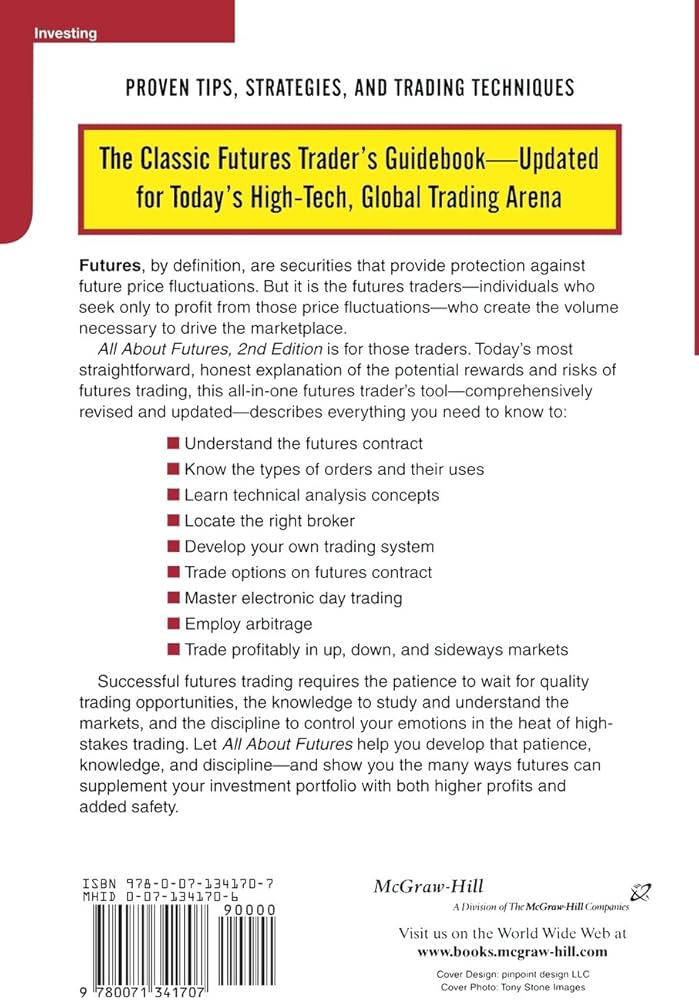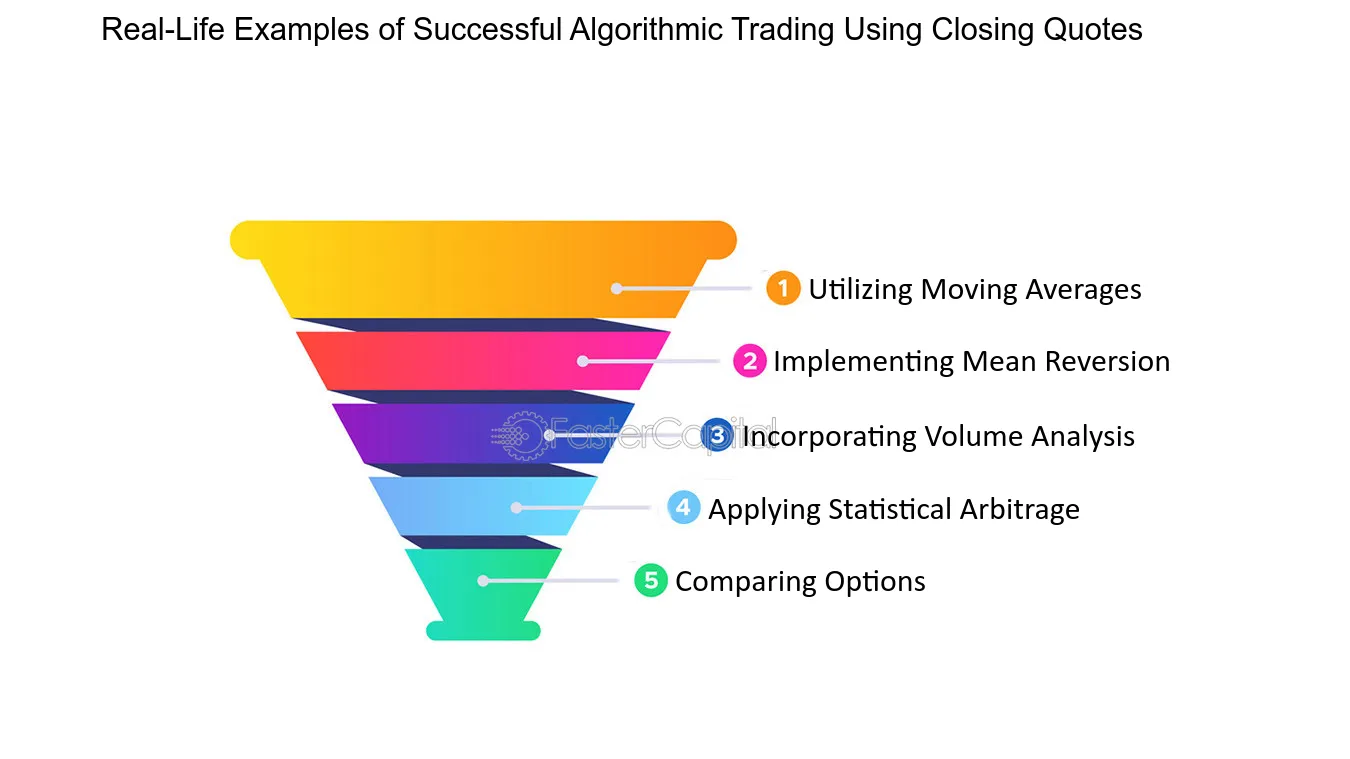Did you know that some traders believe they can make money while they sleep—thanks to day trading arbitrage? This article dives into the ins and outs of day trading arbitrage, a strategy that capitalizes on price discrepancies across different markets. We'll explore its mechanics, key benefits, and inherent risks, while comparing it to other trading strategies. Additionally, you'll learn about essential tools, skills, and common pitfalls to avoid. With insights from DayTradingBusiness, discover how market conditions and liquidity play a crucial role in your success, plus real-life examples to inspire your trading journey. Get ready to uncover the potential of day trading arbitrage!
What is Day Trading Arbitrage?
Day trading arbitrage involves taking advantage of price discrepancies for the same asset across different markets or exchanges. Traders buy low in one market and sell high in another, profiting from the difference. This strategy contrasts with others like momentum trading, which relies on trends, or swing trading, which focuses on longer-term price movements. Arbitrage typically requires quick execution and low transaction costs to be profitable, making it distinct from more traditional strategies that may hold positions longer.
How Does Day Trading Arbitrage Work?
Day trading arbitrage involves exploiting price differences for the same asset across different markets or exchanges. Traders quickly buy low in one market and sell high in another, capitalizing on the price discrepancy. This strategy relies on speed, technology, and access to multiple markets.
Unlike other day trading strategies, which may focus on trends or technical analysis, arbitrage is purely about the price difference. It requires minimal market risk because positions are often held for seconds or minutes. Key to success is having fast execution and low transaction costs to ensure profits on small price gaps.
What Are the Key Benefits of Day Trading Arbitrage?
The key benefits of day trading arbitrage include lower risk due to price discrepancies, quick profit potential from small market inefficiencies, and the ability to capitalize on price movements across different markets or instruments. It requires less market exposure compared to other strategies, reducing overnight risk. Additionally, day trading arbitrage can be automated, allowing for faster execution and the ability to leverage technology for more efficient trades. This strategy can also provide consistent returns with disciplined execution.
What Risks Are Involved in Day Trading Arbitrage?
Day trading arbitrage involves several risks, including:
1. Market Volatility: Rapid price changes can erode potential profits.
2. Execution Speed: Delays in trade execution can lead to missed opportunities or losses.
3. Liquidity Issues: Low liquidity can make it hard to enter or exit positions at desired prices.
4. Transaction Costs: Frequent trading may incur high fees, eating into profits.
5. Leverage Risks: Using margin amplifies both gains and losses, increasing risk exposure.
6. Regulatory Risks: Changes in regulations can impact arbitrage opportunities.
7. Technical Failures: System outages or errors can disrupt trading activities.
Understanding these risks is crucial for effective day trading arbitrage compared to other strategies.
How Does Day Trading Arbitrage Compare to Other Strategies?
Day trading arbitrage focuses on exploiting price discrepancies between markets or assets for quick profits, typically requiring fast execution and low transaction costs. Compared to other day trading strategies like momentum trading, which relies on trends, arbitrage is less about market direction and more about immediate price differences.
Arbitrage is often lower risk since it involves locking in profits from mispricing rather than speculating on market movements. However, it demands significant capital, advanced technology, and quick decision-making, unlike trend-following strategies that can be easier for beginners. Essentially, arbitrage thrives on efficiency and speed, while other strategies may involve broader market analysis and longer holding periods.
What Other Day Trading Strategies Should I Know About?
In addition to arbitrage, consider these day trading strategies:
1. Momentum Trading: Focus on stocks moving significantly in one direction on high volume. Buy when momentum is strong and sell as it wanes.
2. Scalping: Aim for small price movements by making quick trades throughout the day. This requires a keen eye on market trends and rapid execution.
3. Swing Trading: Hold positions for several days to capture short-term market shifts. This strategy is less intensive than daily trades but still capitalizes on price fluctuations.
4. News Trading: Trade based on news releases and economic data. Quick analysis of news impact can lead to profitable trades.
5. Technical Analysis: Use chart patterns, indicators, and volume analysis to identify entry and exit points. This relies heavily on historical price data.
6. Range Trading: Identify support and resistance levels and trade within that range. This works best in sideways markets.
Each of these strategies has its own risks and rewards, so choose the one that aligns best with your trading style and risk tolerance.
How Do Market Conditions Affect Day Trading Arbitrage?

Market conditions significantly impact day trading arbitrage by influencing price discrepancies. In volatile markets, arbitrage opportunities may arise more frequently due to rapid price changes across different exchanges. However, in stable markets, these discrepancies can be minimal, reducing potential profits. Liquidity also plays a crucial role; high liquidity allows for quicker executions, while low liquidity can hinder trades and increase slippage. Overall, favorable market conditions enhance the effectiveness of day trading arbitrage compared to other strategies that may rely on longer-term trends.
What Tools Do I Need for Day Trading Arbitrage?
For day trading arbitrage, you need a few essential tools:
1. Trading Platform: Choose a reliable platform with low latency and real-time data feeds, like Interactive Brokers or TradeStation.
2. Market Data Feed: Access to accurate and fast market data is crucial for spotting price discrepancies.
3. Charting Software: Use advanced charting tools to analyze trends and patterns, such as TradingView or ThinkorSwim.
4. Risk Management Tools: Implement stop-loss orders and position sizing calculators to manage risk effectively.
5. News Aggregator: Stay updated with financial news to anticipate market movements that could impact arbitrage opportunities.
6. API Access: If you're tech-savvy, using APIs can help automate trades and improve execution speed.
These tools will enhance your efficiency and effectiveness in day trading arbitrage.
How Can I Get Started with Day Trading Arbitrage?

To get started with day trading arbitrage, focus on these steps:
1. Understand Arbitrage: Learn how to exploit price differences for the same asset across different markets.
2. Choose Your Market: Select the markets you want to trade in, like stocks, cryptocurrencies, or forex.
3. Set Up a Trading Account: Open an account with a brokerage that offers low fees and fast execution.
4. Use Trading Software: Invest in reliable trading software or algorithms that can identify arbitrage opportunities quickly.
5. Practice with Paper Trading: Start with a demo account to practice your strategy without risking real money.
6. Monitor Market Trends: Stay updated on market conditions and news that could affect price movements.
7. Manage Risk: Set strict stop-loss orders to protect your capital.
8. Analyze Performance: Regularly review your trades to refine your strategy and improve your results.
By focusing on these steps, you can effectively start day trading arbitrage and differentiate it from other trading strategies like momentum or trend following.
What Skills Are Essential for Successful Day Trading Arbitrage?
Essential skills for successful day trading arbitrage include strong analytical abilities, quick decision-making, and a deep understanding of market mechanics. Proficiency in quantitative analysis and familiarity with trading platforms are crucial. Risk management skills are vital to minimize losses. Additionally, staying updated on market news and trends enhances your ability to spot arbitrage opportunities. Emotional discipline helps in executing trades without hesitation or second-guessing.
How Do I Identify Arbitrage Opportunities in Day Trading?
To identify arbitrage opportunities in day trading, look for price discrepancies between different markets or exchanges for the same asset. Monitor live price feeds and use tools to track spreads. Focus on high-volume assets to minimize risk and execute trades quickly. Consider using algorithms or bots to automate the process and capture fleeting opportunities. Always account for transaction costs to ensure profitability.
What Are Common Mistakes in Day Trading Arbitrage?
Common mistakes in day trading arbitrage include:
1. Ignoring Fees: Traders often overlook commissions and spreads, which can erode profits.
2. Overleveraging: Using too much leverage can amplify losses, making a small error catastrophic.
3. Poor Timing: Failing to execute trades quickly can lead to missed opportunities or losses.
4. Neglecting Research: Not analyzing market conditions or news can result in uninformed decisions.
5. Emotional Trading: Letting emotions dictate trades can lead to irrational decisions and losses.
6. Inadequate Risk Management: Not setting stop-loss orders can expose traders to excessive risk.
7. Overtrading: Taking too many positions can dilute focus and increase transaction costs.
Avoiding these mistakes can enhance the effectiveness of day trading arbitrage.
Learn about Common mistakes that increase stop-loss risk in day trading
How Do Fees Impact Day Trading Arbitrage Profits?
Fees significantly reduce day trading arbitrage profits by eating into the narrow profit margins typical of arbitrage opportunities. Commissions, spreads, and exchange fees can quickly add up, making it harder to realize gains. For instance, if a trader identifies a price discrepancy but incurs high transaction costs, the profit may vanish or even lead to a loss. In contrast, other strategies may have wider profit margins, allowing for better absorption of fees. Therefore, minimizing fees is crucial for successful day trading arbitrage.
Learn about How Do Prop Firms Impact Day Trading Profitability?
Can I Use Automated Trading Systems for Arbitrage?
Yes, you can use automated trading systems for arbitrage. These systems can quickly identify price discrepancies across different markets or instruments, executing trades faster than manual methods. In day trading, this allows you to capitalize on small price differences efficiently. However, ensure your system is equipped to handle the high-speed nature of arbitrage and consider transaction costs, as they can erode profits.
How Does Liquidity Affect Day Trading Arbitrage?
Liquidity significantly impacts day trading arbitrage by enabling faster execution of trades and reducing slippage. High liquidity means more buyers and sellers in the market, allowing traders to quickly enter and exit positions at desired prices. This is crucial for arbitrage, where profit margins are often small and timing is essential. In contrast, low liquidity can lead to price discrepancies and increased costs, making it harder to capitalize on arbitrage opportunities. Thus, traders favor liquid markets to maximize efficiency and profitability in their strategies.
Learn about How Does Insider Trading Affect Day Traders?
What Are Real-Life Examples of Day Trading Arbitrage Success?

Real-life examples of day trading arbitrage success include:
1. Currency Arbitrage: Traders exploit price discrepancies between different currency pairs across multiple exchanges. For instance, if EUR/USD is priced lower on one platform, buying there and selling on another where it’s higher can yield quick profits.
2. Stock Pair Trading: Investors might identify two correlated stocks. If one stock dips while the other remains stable, buying the dip and shorting the stable stock can capitalize on the expected convergence.
3. Futures and Spot Market Arbitrage: Traders notice a futures contract is priced higher than the underlying asset. Buying the asset and selling the futures contract locks in a profit as they converge at expiration.
4. Options Arbitrage: Discrepancies in options pricing can be exploited. For example, if an option is undervalued compared to its intrinsic value, buying it while simultaneously selling a related option can secure gains.
These strategies demonstrate how day trading arbitrage can effectively generate profits by taking advantage of market inefficiencies.
Learn about Real-Life Examples of Day Trading Arbitrage
Conclusion about Day Trading Arbitrage vs. Other Strategies
In summary, day trading arbitrage offers a unique approach to capitalize on price discrepancies across markets, presenting both significant opportunities and inherent risks. Understanding the mechanics, benefits, and comparison to other trading strategies is essential for success. To excel, traders should equip themselves with the right tools and skills, while remaining vigilant of market conditions and common pitfalls. For comprehensive insights and support in navigating day trading arbitrage, consider leveraging the expertise available at DayTradingBusiness.
Learn about Tools for Day Trading Arbitrage Strategies